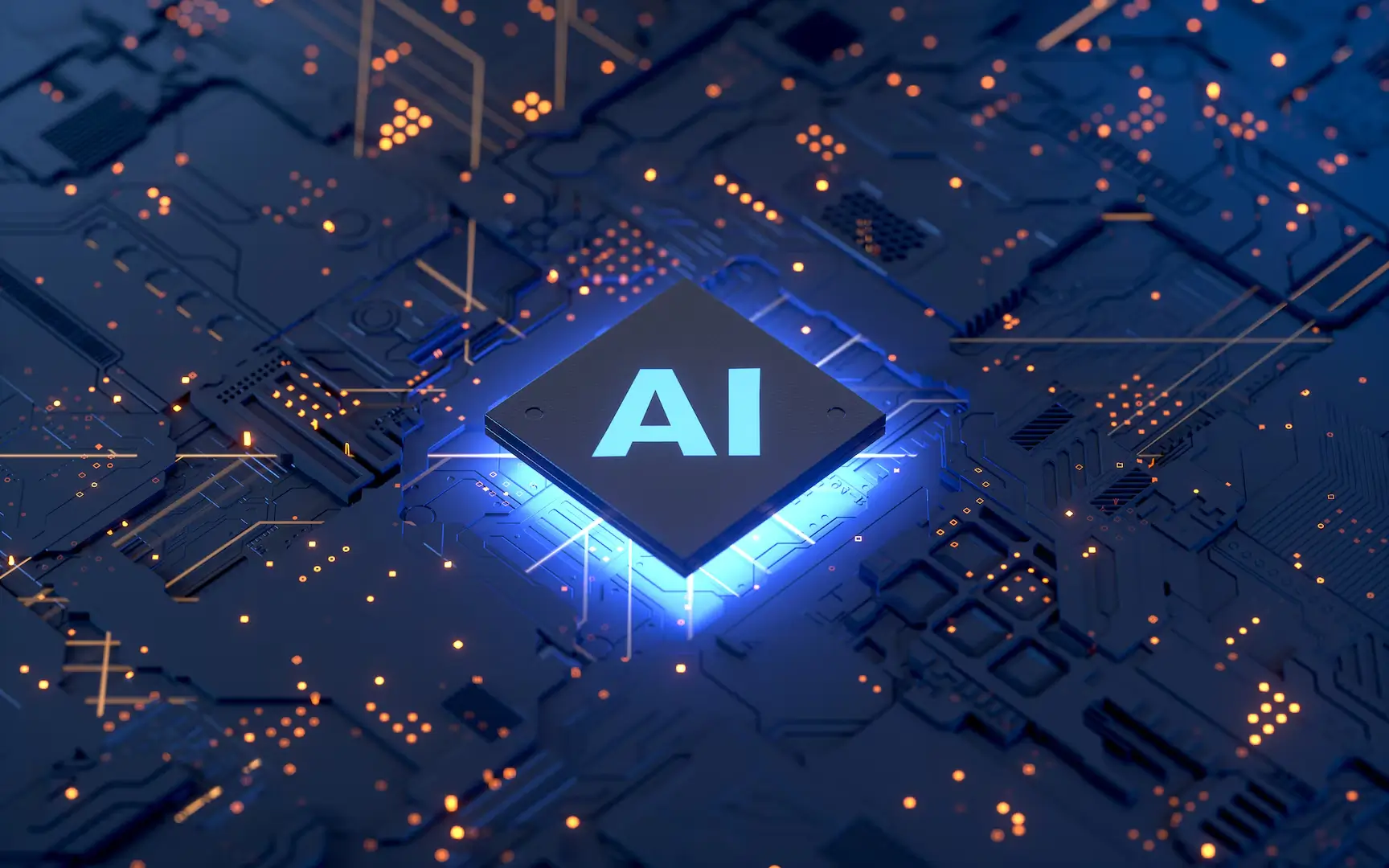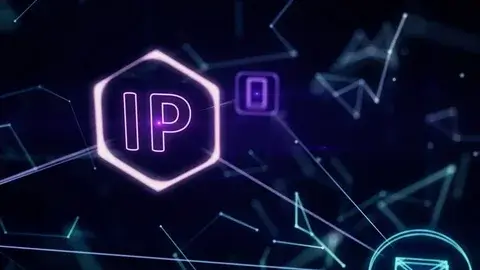The Internet has become an integral part of modern life, from social networking sites and shopping online to providing commerce, connections, and global communications across borders. But what exactly does “Webbound” refer to?
“Webbound” describes a future where digital presence is no longer optional but essential. This implies that we are becoming ever more intertwined with the Internet; whether for work, socializing, shopping, education, or any other reason, it is an indispensable source of information for all. Through this article, we will look into this notion of being “Webbound,” exploring its effects on work environments, society, technological advances, and any issues caused by our increased reliance on web technology.
Web Technology Development Trends
Static Pages in the Early Days of the Internet
At its launch, websites were simple static pages built using HTML without interaction. They mostly consisted of images and text, giving the impression that the Internet provided a one-directional information flow.
Transition to Dynamic and Interactive Websites
With the rise of JavaScript and content management systems like WordPress, websites became more interactive. Dynamic websites enabled user participation through comments, forms, and shopping carts, enhancing the online experience.
Collaboration and Social Engagement in the Web 2.0 Era
Web 2.0 in the early 2000s marked a historic transformation in how users created and interacted online, and social media platforms and collaborative tools became more widespread. Social networks such as Facebook, YouTube, and Twitter provide platforms that connect people like never before.
Future of the Web
The Internet continues to advance with technologies like Progressive Web Apps (PWAs), WebAssembly, and Artificial Intelligence (AI), creating quicker, more efficient, and highly engaging web experiences. No longer simply an information repository, the Internet has become a vital device in our daily lives.
What Does “Webbound” Mean in Today’s World?
Web Services Have Continued to Grow Significantly
“Webbound” describes our increasing dependence on the Internet in all aspects of our lives—work, shopping, studying, and maintaining social connections are all activities that rely heavily on it for success. Be it for entertainment purposes, business requirements, or personal use, our lives increasingly revolve around this means of communicating.
Digital Connectivity Is Saturating Our World
“Webbound” also symbolizes globalization’s progress, where businesses, governments, and services are now intertwined in digital form. Organizations and individuals increasingly rely on Internet access; therefore, web technology will continue its critical role in global economies and societies.
How “Webbound” Affects Users and Businesses?
Companies now face the daunting challenge of adapting their processes to an ever-evolving digital environment. Mobile apps, websites, and digital marketing have become essential elements in running any successful business, and this trend will only become more apparent as technology progresses.
How Webbound Technologies Are Transforming Industries?
E-commerce
The Internet has revolutionized how customers purchase products and services. Thanks to online marketplaces such as Amazon and Shopify and niche marketplaces such as Gumtree, consumers can now access products from around the globe more conveniently than physical stores. Some platforms offer features like personalized recommendations, AI searches, and single-click purchases.
Education
Education has also made great strides online, with Coursera, Khan Academy, and Zoom serving as major global learning platforms that facilitate remote learning processes and self-paced courses worldwide. This evolution makes education and remote learning accessible, as well as providing self-paced courses worldwide.
Healthcare
The health industry has seen rapid digital disruption. Telemedicine and online health services have dramatically simplified patients’ interactions with physicians remotely. Pandemic-driven digital innovation will likely continue to revolutionize healthcare over the next decade or two.
Entertainment and Media
Netflix, Spotify, and Twitch have revolutionized entertainment in our modern age, providing instant access to music videos, movies, and gaming via the Internet. Media streaming, content delivery, and digital-first strategies have become standard practice when it comes to providing entertainment via digital.
Government and Public Services
Government services have also embraced digital services with initiatives like e-government. Citizens can now renew tax forms or licenses online via the web, improving efficiency, transparency, and accessibility simultaneously! Digitalization has enhanced efficiency while simultaneously improving transparency.
More to Read: adsy.pw/hb5
Role of Web Development in Producing Quality Webbound Experiences
Frontend Development
Front-end development focuses on both User Interface (UI) and User Experience (UX), making websites user-friendly and effortless for visitors. HTML, CSS, and JavaScript serve as foundational elements, while React/Angular frameworks enhance this user experience further by creating more user-friendly websites than ever.
Backend Development
Website backend systems comprise databases, servers, and APIs (Application Programming Interfaces), which manage and process user data. Effective interaction between web front ends and backends is paramount to dynamic web apps’ performance.
Full Stack Development
Full-stack developers possess expertise in both backend and frontend technologies, which enables them to build web applications from start to finish. Their growing popularity reflects the need for cross-functional knowledge within today’s web development environment.
Innovative Web Technologies Shaping the Future
The emergence of cutting-edge web technologies such as WebAssembly and WebRTC has allowed developers to build faster and more effective web-based apps. WebAssembly allows programmers to execute code written in various programming languages directly online for faster performance improvements, opening doors to more sophisticated apps.
Challenges of a Webbound Future
Security and Privacy Concerns
Security concerns have become more urgent as internet use becomes integral to our lives. Cybercrime, data breaches, and identity theft remain serious threats to businesses and individuals, so developers and businesses must prioritize strong security practices that safeguard users.
Accessibility Issues in Digital Environments
Though internet technology has grown rapidly in recent years, not everyone has equal access. The digital divide remains an issue, especially in rural or less developed areas; efforts to increase internet access and close this digital divide must continue to provide a more equitable Internet.
Web Technologies Need to be Sustainable
Demand for web-based services and their environmental impact continue to soar. Data centers that power the Internet use huge amounts of energy. Eco-friendly hosting options and sustainable computing initiatives can help lower carbon emissions associated with web technologies.
Latest Blog: Killeen Mesothelioma Lawyer Vimeo
Conclusion
“Webbound” refers to our dependence on the Internet for everyday living, work activities, and economic success. As technologies for the web continue to advance and influence how we interact with each other around us while simultaneously disrupting industries in its wake, so too do industries thrive as they progress along this journey of change.
As the Internet continues evolving, individuals and businesses must adapt accordingly. Being open-minded about new technologies and understanding their role in driving development and innovation is key to thriving in today’s digital-first environment.






